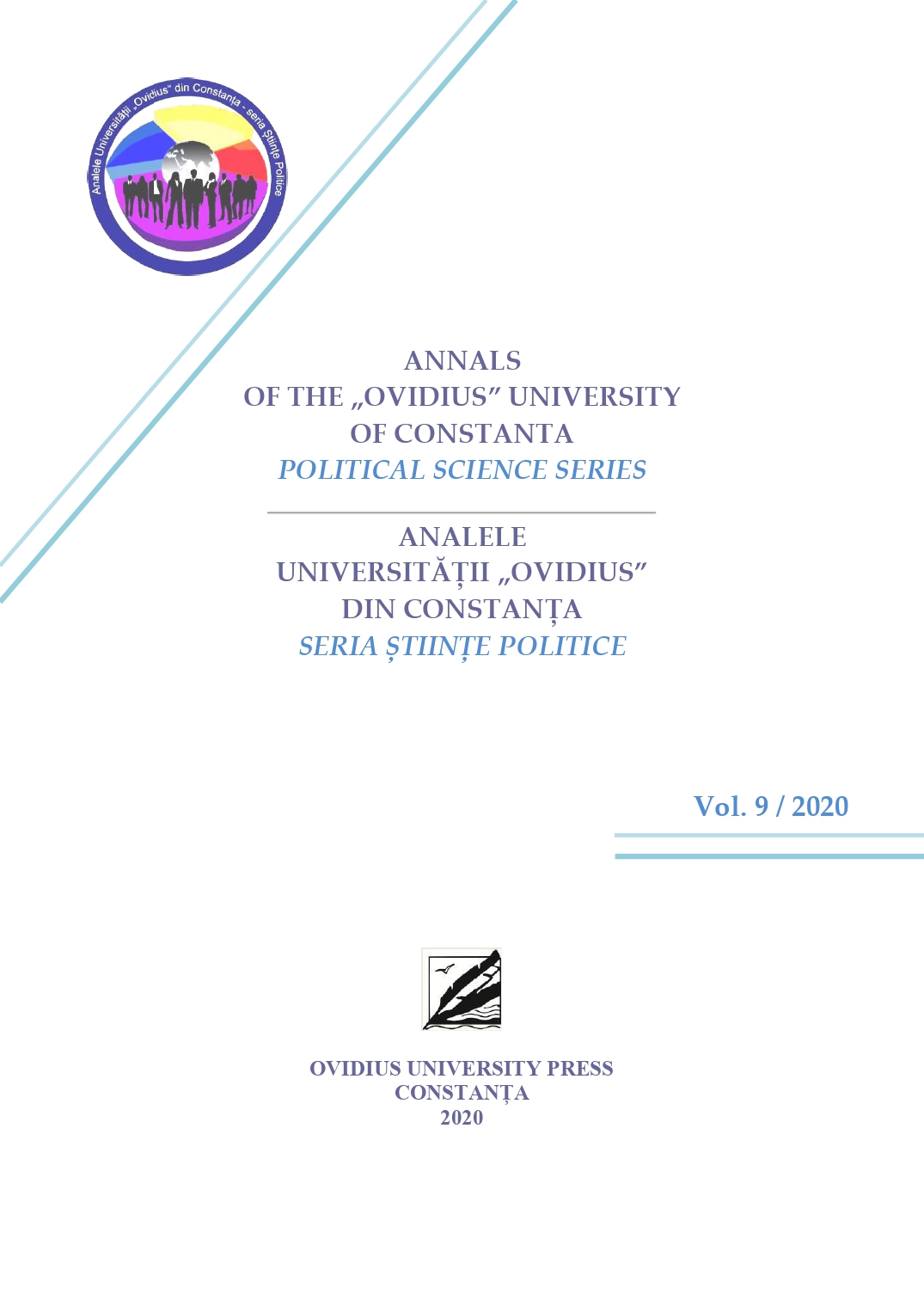VERSAILLES Y LA POLITICA EXTERIOR DE WEIMAR
VERSAILLES AND THE WEIMAR FOREIGN POLICY
Author(s): Eduardo Araya LeüpinSubject(s): Politics / Political Sciences, Political Sciences, Political history, Government/Political systems, History and theory of political science
Published by: Ovidius University Press
Keywords: Germany; division; Cold War; occupation zone; spheres of influence;
Summary/Abstract: The division of Germany and finally the creation of two German states are often seen as a normal consequence of the end of World War II and the beginning of the Cold War. A basic information on this widespread perception is the ample evidence that the Allies defined earlier plans to divide Germany into occupation zones; however, these definitions (expressed primarily in the agreements from Tehran, Yalta and Potsdam), were designed in the context of the war and the existence of the Nazi regime. It is therefore understandable that the positions of the superpowers has varied over time and in the early years of the Allied occupation, both the US and the USSR made calculations based on their own interests to maintain the unity of the country. The division of Germany was therefore the result of an adaptive process in the context of an ideological and political confrontation, not a program, where in addition, contrary to what is normally believed about American exceptionalism (i.e. promoting a value-centered policy contrary to the tradition of European realism), the evidence shows that in this case, the United States adjusted its policy in the decision-making process, implicitly assuming a policy focused on the recognition of the spheres of influence.
Journal: Annals of the Ovidius University of Constanta - Political Science Series
- Issue Year: 9/2020
- Issue No: 1
- Page Range: 89-105
- Page Count: 17
- Language: Spanish

